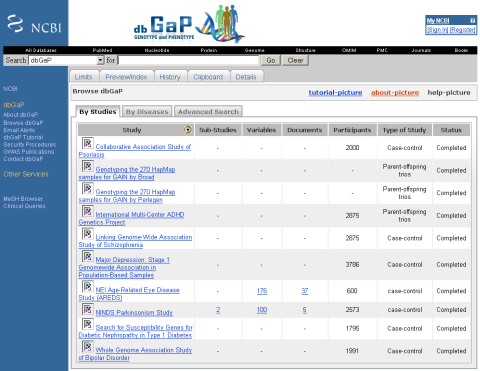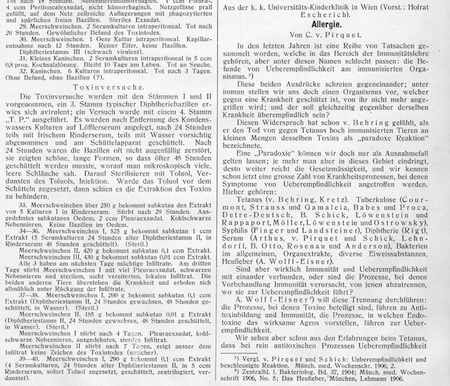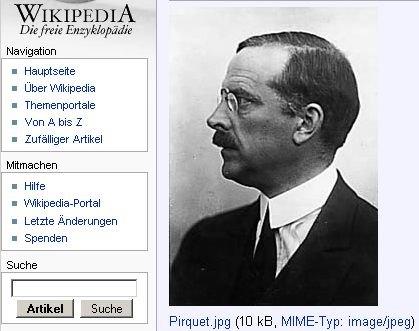Lets start a further workup of the evolutionary thread. With the complete human and chimp genome on our harddisks we are now able to compare genome sequence and genome activity of both species. A 2003 review by Sean Carroll summarizes our pre-genome knowledge about pan and homo lineages 6 Million years ago. The most interesting question is which mutations or genome rearrangements (Popesco 2006) are most relevant in the separation of lineages.
BTW I have still doubts about any positive effects of mutations (although this might be possible). Yes, I wonder also where are the exact pan-homo transitions (although the Sahelanthropus tchadensis might be a good candidate). Furthermore, I have doubts in survival of the fittest where non-survival of the non-fittest seem to be more relevant ;-) “Survival of the Sickest” is a CD of Mad Sin and a book of Sharon Moalem 2007.
Neuroanatomy might have provided some clues of a larger frontocortex in homo sapiens although the detailed cytoarchitecture could be as relevant. Noise of neutral substitutions could have confounded previous findings. It is also not clear to me if expansions and contractions of whole gene families are even more relevant. We may also renember that most quantitative traits have a polygenic background.
In any case FOXP2 could be associated with speech and language disorders (Vargha-Khadem 2005) where another prominent gene was now found in the 49 regions that are different between chimp and human but otherwise conserved (Pollard 2006). This new gene called “HAR1” is even expressed in the developing neocortex making it a prime candidate for species differentiation. Is there anybody able to convince me that the 18 fixed mutations in HAR1 have indeed a beneficial effect on brain development? A “leading edge” comment in Cell argues that all substitutions are upgrades from weak to strong base pairing:
Curiously, this weak-to-strong substitution bias in HAR1 extends over 1.2 kb, a region far larger than HAR1 itself. Such changes which also appear to characterize the HARs as a group undoubtely serve to strengthen RAN helices against dissociation…
I would also like to mention that male humans share more identity with male chimps than with female humans, at least on a genetic level, yea, yea.
Addendum
Even blogs have a half-life of less than 1 week. A new PNAS paper by Michael Oldham shows a more integrated view of human brain evolution by examining gene coexpression networks in human and chimpanzee brains. This seems to be another promising approach.





